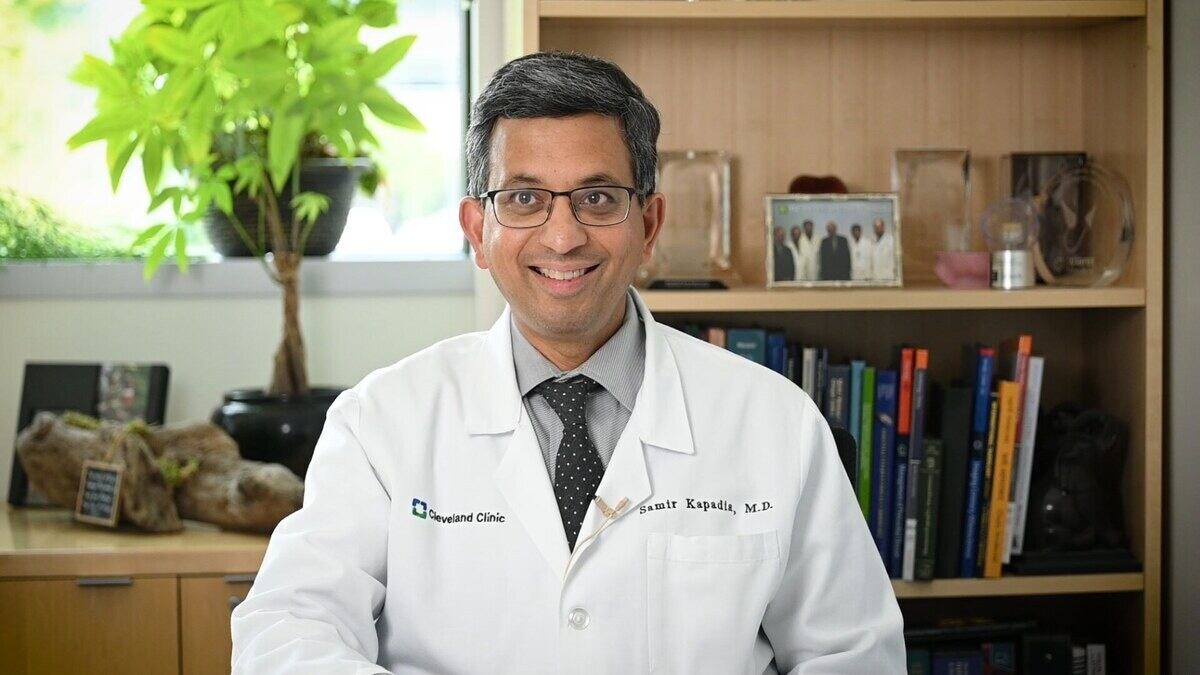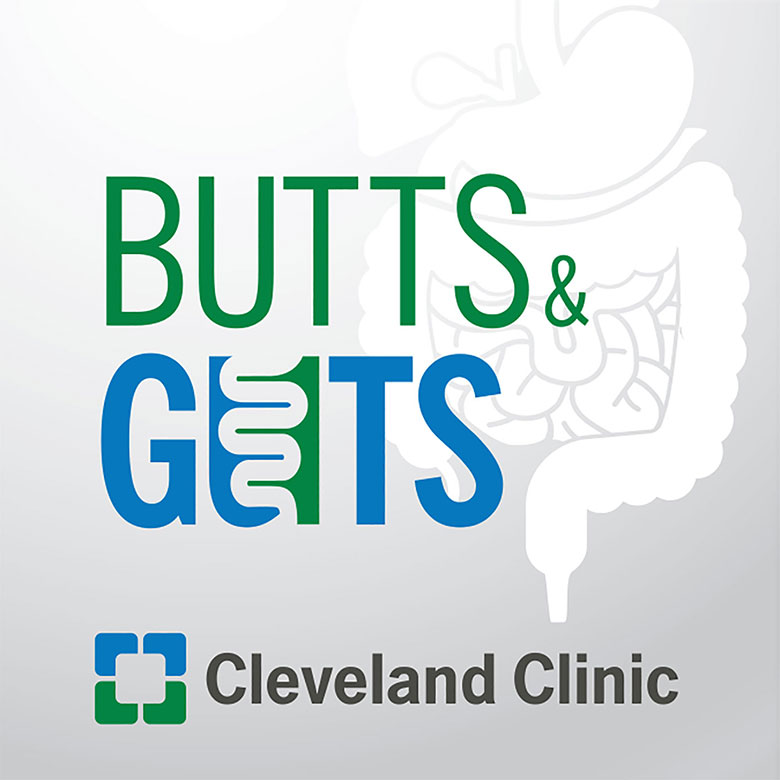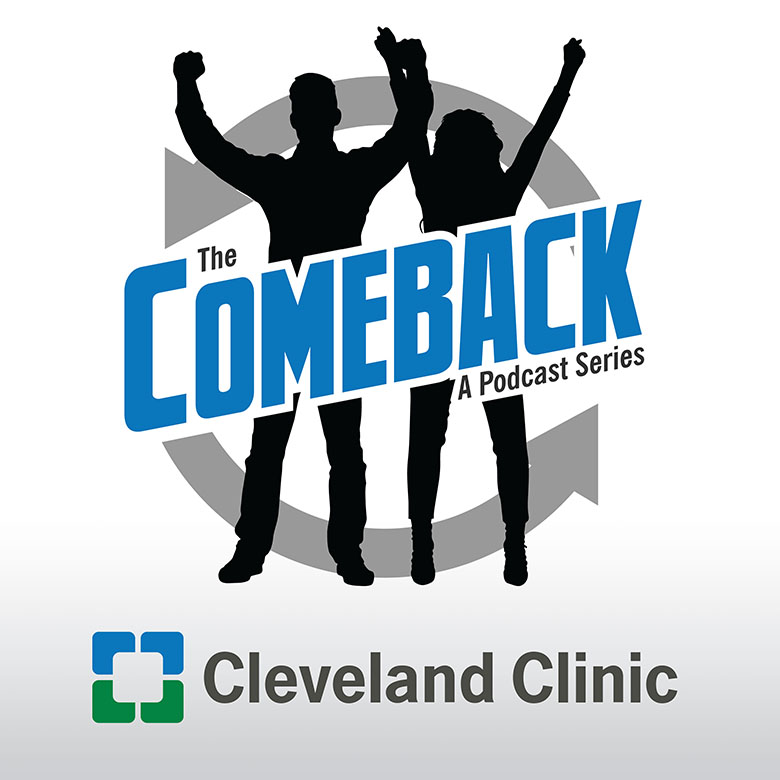Prevention of Stroke in Transcatheter Aortic Valve Replacement (TAVR)

Transcatheter aortic valve replacement (TAVR) is a minimally invasive procedure used to insert a new aortic valve in patients with aortic stenosis. While risk is low, stroke remains an important risk for this procedure. Dr. Samir Kapadia, Chairman of Cardiovascular Medicine, explains why stroke occurs during TAVR and how the sentinel filter device is used during the procedure to lessen risk of stroke.
Subscribe: Apple Podcasts | Podcast Addict | Buzzsprout | Spotify
Prevention of Stroke in Transcatheter Aortic Valve Replacement (TAVR)
Podcast Transcript
Announcer:Welcome to Love Your Heart, brought to you by Cleveland Clinic's Sydell and Arnold Miller Family Heart, Vascular & Thoracic Institute. These podcasts will help you learn more about your heart, thoracic and vascular systems, ways to stay healthy, and information about diseases and treatment options. Enjoy.
Dr. Samir Kapadia:
Hi, I'm Samir Kapadia, chairman of cardiology here at Cleveland Clinic. I'm very passionate about the transcatheter aortic valve replacement, the TAVR. Nowadays, as you know, if you have aortic stenosis and if your valve is narrowed, we are able to replace the valve through the groin with the catheter, without going through open-heart surgery. However, the decision whether open-heart surgery is better or transcatheter aortic valve replacement is better is made with the heart team, and this requires expert both from surgery and from cardiology to make this very important decision.
Dr. Samir Kapadia:
Transcatheter aortic valve replacement right now is approved for use in low, intermediate, and high-risk patients. One of the most important complications, although not very frequent, happens to be the stroke. Stroke happens in about 2% of the patients undergoing transcatheter aortic valve replacement. This is less than if you had open heart surgery to replace the aortic valve, but in any case, this 2% stroke risk is still considered to be unacceptable when we talk with the patients, families, because nobody wants to have a stroke.
Dr. Samir Kapadia:
How do we prevent the stroke? First is, why does stroke happen? The stroke happens because calcium gets loose from the valve when we are putting a new valve in and it goes through the carotid arteries or the vertebral arteries to the brain. There are four arteries that take blood to the brain, two carotid arteries, and two vertebral arteries. Now we have a filter that is FDA-approved, which you can put it through the wrist. It goes through the right wrist. The filter is an extremely small filter, it's a small catheter, and it threads in the right radial artery. Then the filter is deployed where you can see the filter in the innominate artery. Innominate artery is the first artery that takes blood to the right side. Innominate artery is the first artery that takes blood to the right side of the brain.
Dr. Samir Kapadia:
Then the other filter is deployed to the carotid artery, and this is to the left carotid artery. To the left carotid artery and the right carotid artery, and the right carotid artery will also cover the right vertebral artery. Only one small artery is left, which is not covered by this filters. This filter will catch the debris. Then at the end of the procedure, the filters are removed.
Dr. Samir Kapadia:
First, we did the first trial in United States, comparing patients who had the filter placed versus who did not have a filter placed. What we were trying to find out in that particular study was to say how many filters had debris inside of the filter. 99% of the filters had debris, meaning almost everybody had some debris inside, and almost 50% of them had a considerable amount of debris, meaning that more than one millimeter size of the debris.
Dr. Samir Kapadia:
Very importantly, when we measured the stroke or the number of lesions in the brain with MRI, they were reduced. However, since the study was small, there was no statistically significant difference. The numbers were actually less, so the stroke risk was also reduced by almost 60%, but this was not statistically significant. This is the reason why we are doing a large study, where we are comparing people with and without the filter device to see if we can prevent the stroke. This is important, because when we want to have this technology available to the rest of the world, we want to make sure that this actually prevents the stroke.
Dr. Samir Kapadia:
However, in Cleveland Clinic, we have been using this device for now more than 4 years. We use it in every patient. We have been using it in more than 95% of the people, because sometimes the arteries are very torturous, the anatomy is such that these filters will not fit, but we actually know that upfront. When we use the filter in all these patients, we have seen in our data that we had a considerable decrease in the stroke risk. Not only that, when the stroke happens, the stroke is not as big because we are capturing almost all the debris and if a very little debris passes through, then it does not cause a big stroke.
Dr. Samir Kapadia:
This device, at least in our experience, has been extremely useful. We have enough data about the safety in the sense that by putting a device, we do not create a stroke or we do not create a problem in the radial artery. These are the reasons why we feel comfortable using this particular device. It still requires reimbursement from the Medicare to have the approval. There are some reimbursements available, but irrespective of that, in Cleveland Clinic we are using it because, in a big picture, it prevents stroke, at least we believe that will prevent stroke. Therefore, we think that it will be very helpful to the quality of life and overall expectations of the patients and the physicians who are treating aortic stenosis.
Announcer:
Thank you for listening. We hope you enjoyed the podcast. We welcome your comments and feedback. Please contact us at heart@ccf.org. Like what you heard? Subscribe wherever you get your podcasts or listen at clevelandclinic.org/loveyourheartpodcast.

Love Your Heart
A Cleveland Clinic podcast to help you learn more about heart and vascular disease and conditions affecting your chest. We explore prevention, diagnostic tests, medical and surgical treatments, new innovations and more.


